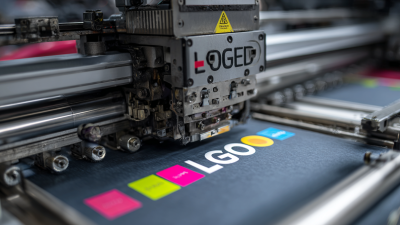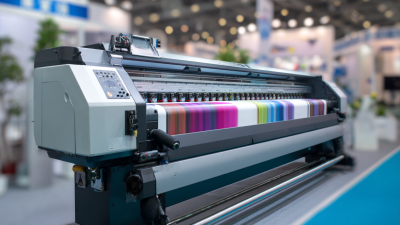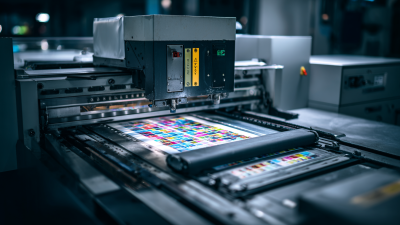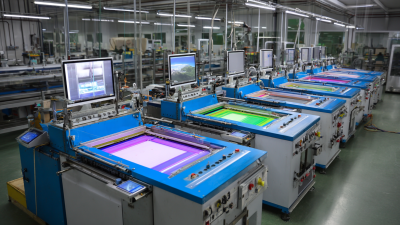As we venture into 2024, the branding landscape is set to undergo significant transformations driven by technological advancements, particularly in the domain of printing. According to a report by Smithers Pira, the global printing market is expected to reach $482 billion by 2024, with the segment of digital printing witnessing the fastest growth due to its versatility and efficiency. Among these innovations, the Logo Printing Machine stands out as a pivotal tool for brands seeking to enhance their identity and market presence. This technology not only facilitates the creation of high-quality and customizable logos but also supports sustainable practices by reducing waste and improving production times. As businesses increasingly recognize the importance of distinct branding in a competitive marketplace, the demand for advanced logo printing solutions is anticipated to soar. In this guide, we will explore how to leverage innovative logo printing machines to redefine branding strategies and foster stronger connections with consumers.
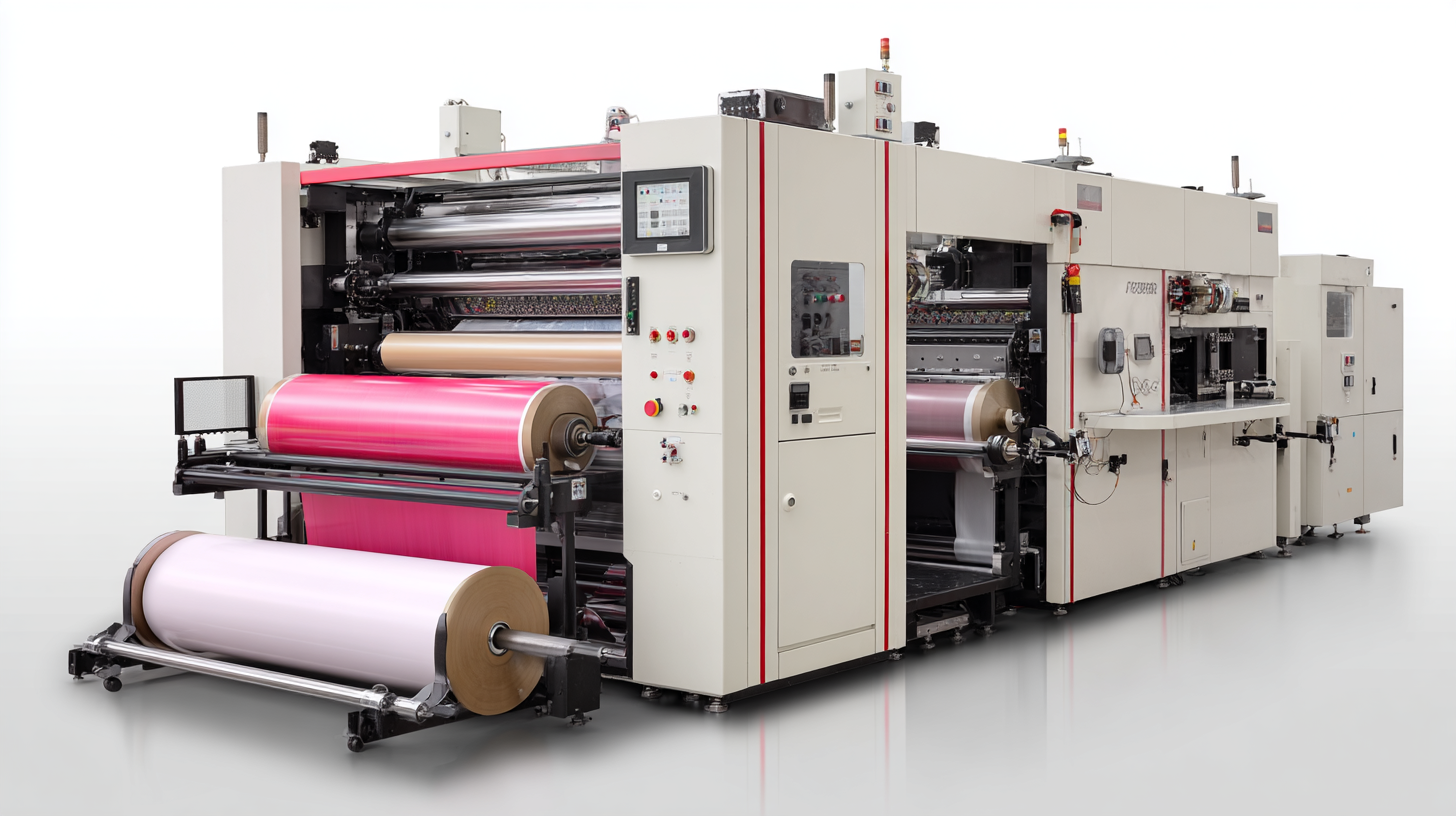
The evolution of logo printing technology is set to transform branding strategies significantly in 2024 and beyond. Recent research from Smithers Pira indicates that the digital printing segment is projected to grow at a compound annual growth rate (CAGR) of 6.8%, reaching a market value of approximately $30 billion by 2025. This growth is fueled by advancements in innovative logo printing machines, which offer enhanced precision and customization options. Brands can now create intricate designs on an array of materials, allowing for more versatile marketing collateral that resonates with target audiences.
Moreover, the integration of sustainable printing technologies has become a cornerstone of modern branding efforts. According to a survey conducted by Statista, almost 70% of consumers prefer companies that prioritize eco-friendly practices, including the use of sustainable materials and low-waste production processes. As brands adopt state-of-the-art logo printing machines that utilize eco-conscious methods, they not only improve their environmental footprint but also align themselves with consumer expectations. This alignment is crucial as businesses navigate a competitive landscape where brand identity and corporate responsibility are increasingly intertwined.
As we step into 2024, the landscape of logo printing machines is experiencing transformative innovations that significantly enhance brand identity. According to a recent report by Smithers Pira, the market for digital print technology is projected to reach $8.5 billion by 2025, driven largely by advancements in printing technologies and customization capabilities.
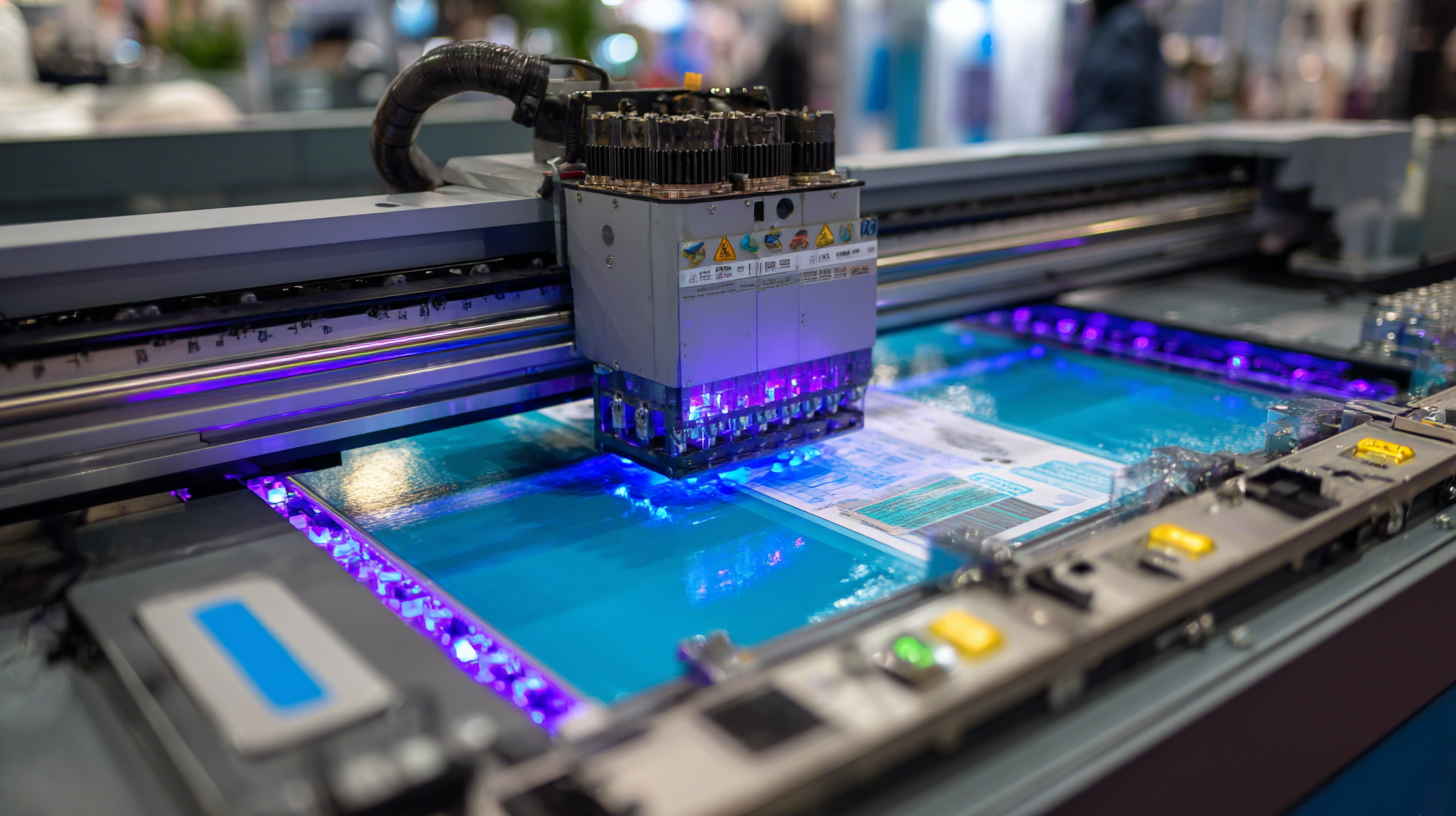 These innovations allow businesses to produce high-quality, intricate logos at a much faster rate, enabling brands to respond more swiftly to market trends and consumer demands.
These innovations allow businesses to produce high-quality, intricate logos at a much faster rate, enabling brands to respond more swiftly to market trends and consumer demands.
One of the key innovations in logo printing machines is the integration of artificial intelligence and machine learning algorithms that streamline production processes and improve print accuracy. A survey conducted by the International Printing Association indicated that 65% of printers are investing in smart technology to ensure their logo printing is not only efficient but also eco-friendly. This shift towards sustainability aligns with consumer preferences, as 73% of millennials are willing to pay more for sustainable products, highlighting the importance of eco-conscious branding in driving customer loyalty.
Moreover, advancements in 3D printing technology allow brands to create unique, tactile logos that enhance consumer interaction and brand recognition. With 3D printing expected to grow at a CAGR of 23% from 2023 to 2028, companies are leveraging this technology to differentiate their products in a competitive market. By integrating these innovative logo printing solutions, businesses are not only enhancing their brand identity but also creating a dynamic connection with their customers, ultimately leading to increased brand visibility and loyalty.
The branding landscape is evolving, with sustainability emerging as a pivotal trend. In 2024, eco-friendly logo printing solutions are at the forefront of this transformation, enabling businesses to convey their commitment to the environment while maintaining a strong brand identity. Innovative logo printing machines are now capable of using sustainable materials and inks, minimizing waste and reducing carbon footprints. These advances not only meet consumer demand for greener products but also enhance brand loyalty among eco-conscious customers.
Incorporating sustainable practices into branding strategies offers a dual advantage: it helps businesses comply with mounting regulations on sustainability and fosters a positive public image. Companies that opt for eco-friendly logo printing are not only reducing their environmental impact but are also tapping into a growing market of consumers who prioritize sustainability in their purchasing decisions. As the demand for responsible branding continues to rise, investing in innovative printing technologies will be crucial for companies looking to stay relevant and competitive in a rapidly changing marketplace.
In the rapidly evolving landscape of branding, customization plays a pivotal role in modern marketing strategies. As consumers increasingly demand personalized interactions, brands must leverage advanced technologies to meet these expectations. A report on personalization trends highlights that companies implementing data-driven strategies for personalized shopping experiences witness a significant boost in customer loyalty and conversion rates. It is projected that by 2025, brands embracing such tailored approaches will see a remarkable increase in engagement, suggesting that a focus on customization is not only beneficial but essential for thriving in this competitive market.
Furthermore, as the dynamics of consumer behavior shift, the importance of a unified commerce strategy cannot be overstated. This strategy allows brands to centralize their operations, thereby enhancing the customer experience across various channels. A comprehensive study indicates that businesses integrating omnichannel solutions into their marketing efforts are better positioned to capture consumer attention and drive growth. The evolving preference for personalized interactions underscores the necessity for companies to invest in innovative logo printing technologies that facilitate customization, ensuring that their branding remains relevant and appealing in 2024 and beyond.

As we move into 2024, the branding landscape is poised for transformation, largely driven by advancements in logo printing technology. The integration of innovative printing machines not only enhances the quality of logos but also offers brands unprecedented customization options. However, this evolution also presents challenges such as the need for companies to stay ahead of rapidly changing consumer expectations. The ability to produce unique, memorable branding through bespoke logo designs will be crucial for businesses aiming to differentiate themselves in a crowded marketplace.
The rise of sustainable practices further complicates the logo printing sector, as consumers increasingly prioritize eco-friendly products and processes. Companies must not only invest in advanced printing technologies but also consider their environmental impact. Achieving a balance between innovative logo printing and sustainable production methods will be essential for brand loyalty. In this dynamic environment, those who can effectively navigate these challenges while capitalizing on emerging opportunities will likely emerge as leaders in the branding arena.
| Dimension | Current Trends (2023) | Future Opportunities (2024) | Challenges Ahead |
|---|---|---|---|
| Customization Options | Increased demand for personalized logos | Advanced technologies enabling unique designs | Balancing cost with customization |
| Sustainability | Growing focus on eco-friendly materials | Innovation in sustainable printing techniques | Ensuring quality while being eco-friendly |
| Technology Integration | Rise of automation and AI in logo printing | Streamlined processes with enhanced precision | Adapting to rapid technological changes |
| Market Demand | Increased competition in branding | Expanding into niche markets | Identifying target audiences effectively |
| Globalization | Local brands gaining international presence | Adapting branding for diverse markets | Cultural sensitivity in branding strategies |
